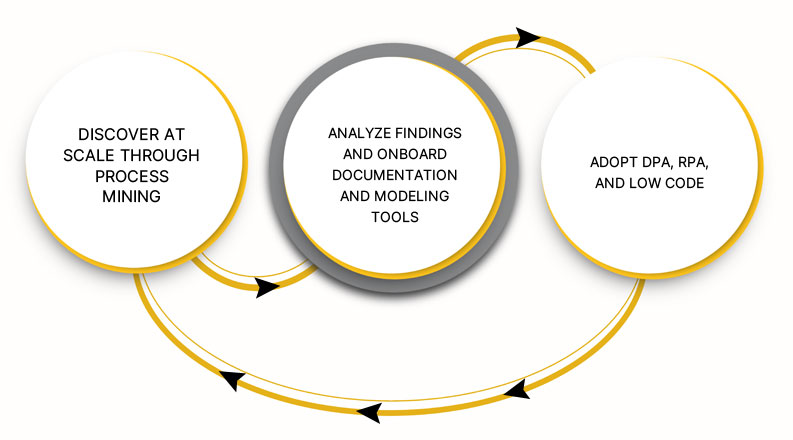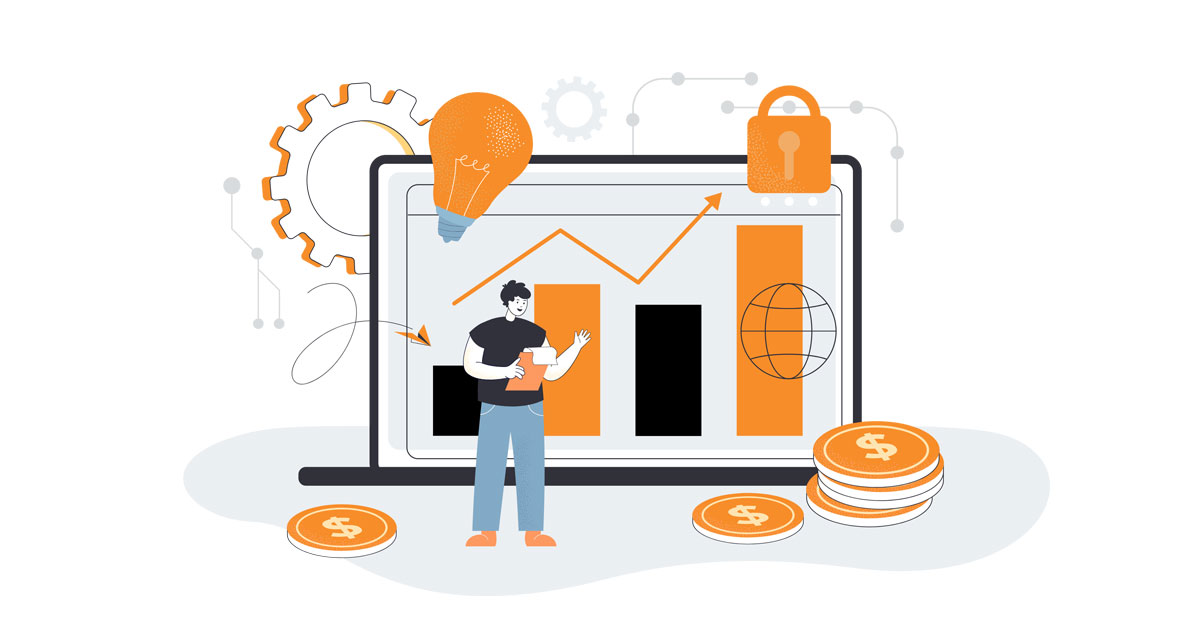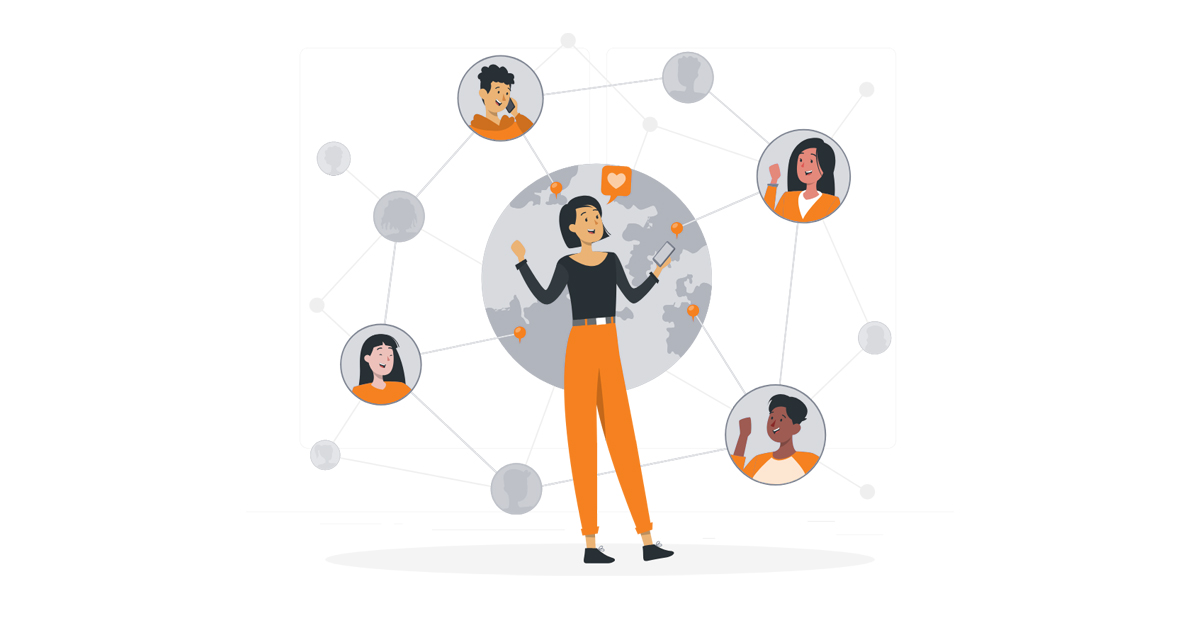Software development is a fast-paced and ever-changing industry. To thrive among the competition in the modern digital world, businesses have continually evolved their technologies with new and emerging trends.
2022 was an excellent year for software development. As the global market bounced back after the pandemic, businesses successfully adapted to the massive technological shift in the software market.
The shift to a more dynamic and personalized online experience has created a need to upgrade software development technologies time and again. As the stakes are higher than ever, let’s take a look at some game-changing trends that will shape the future of the software development industry.
1. No-Code Platforms
No-Code Development Platforms (NCDP) provide retailers with pre-built blocks and templates that can be dragged and dropped to offer ease of use to seasoned developers and retailers with no coding experience.
Despite the concerns regarding the flexibility, scalability, and security of software created using no-code platforms in the future, these platforms have lowered the entry requirements for software development and become widely used in recent years.
2. Machine Learning
The use of artificial intelligence and machine learning technology in the software development sector has grown phenomenally. While AI has been used in the industry for some time, new technologies like machine learning, deep learning, and neural computing are becoming more widely accepted.
Machine learning is used in almost all facets of software development and is an excellent tool for understanding consumer behavior.
The rise of generative AI is one of the most crucial trends in machine learning. With the tiresome and mechanical portions of coding eliminated by generative AI, programmers can concentrate on developing new software more originally and creatively.
3. Decentralized Infrastructure: Edge Computing
Edge computing delivers storage, computational power, and AI/ML closer to the client. Edge computing is required in situations with low latency like gaming, low network capacities like offshore sites, regulatory requirements, real-time use cases like connected automobiles, and intelligent and potent devices like the Internet of Things.
According to Statista, edge computing is expected to grow from 3 billion U.S. dollars in 2020 to 12 billion U.S. dollars by 2028.
Edge computing will continue to experience widespread adoption through 2022 and beyond as 5G, Web 3.0, and other technology advancements gain traction. Additionally, shops will heavily utilize edge computing in the upcoming years.
4. DevSecOps
Development, security, and operations, or DevSecOps, is a methodology for creating software that integrates security into each step of the DevOps pipeline.
Organizations continue to place a high premium on security in the face of expanding threats and expensive data breaches. This puts pressure on developers to provide secure software that is internally utilized and used by end users.
Shifting left in software development, similar to DevSecOps, is the idea of including security in each step of development rather than being put off until the end. Shifting left indicates that the code is secure when developed rather than being secured later on. Shifting left involves acquiring the tools necessary to identify security flaws and vulnerabilities in software, dependencies, the runtime environment, database, or APIs.
5. CyberSecurity
For startups or mid-sized businesses, cybersecurity is like the elephant in the room. They are aware of the necessity for cyber security but unable to fully implement it due to mismanaged finances. A dedicated security agency is only affordable to large businesses, making CyberSecurity a cause of concern for many businesses.
“It takes 20 years to build a reputation and a few minutes of cyber-incident to ruin it.” -Stephane Napo
The fact that public cloud suppliers have democratized cyber security is one of their most important benefits. Now, startups or mid-sized businesses can develop highly secure apps by utilizing Public Cloud services.
However, public cloud security has the disadvantage of potentially affecting millions of businesses if it is compromised.
6. The Rise Of Omnichannel
With Omnichannel, your customers receive a seamless experience across all channels, including retail, telephone, online, mobile, and social. For instance, here are some consumer expectations for eCommerce:
- Access to information that is frictionless and seamless across all touchpoints, allowing for quick reference and decision-making
- Access to data is available at all times and from any location (omnichannel retailing)
- The capacity to buy or sell through any channel (including social platforms)
1 in 2 retailers across The US and Europe believe it is very important for a business to have an omnichannel strategy – Statista.
Regardless of the device, service providers must offer smooth touchpoints in sales, marketing, and customer service. If the essential functionality of tasks across touchpoints is interrupted by a poor omnichannel experience, the users will leave your platform immediately.
7. Process Automation
Process automation is a technology that has been around for a while. The industry leaders in software development nowadays creatively utilize automation processes with the help of cutting-edge, disruptive technologies like artificial intelligence (AI), machine learning, deep learning, robotics, and cloud computing.

This idea of process automation is evolving as businesses can benefit from better click-through rates from more intuitive software that understand user behavior and consumption patterns.
Robotic process automation, also known as RPA, is a technology that many software development companies have adopted to eliminate duplication in the process of planning, creating, and implementing software solutions.
In Conclusion
New patterns suggest that the direction of software development will alter significantly in the future. The vast diversity of trends and technology has significant effects on the software development industry.
Software development companies cannot afford to ignore emerging trends and developments that will facilitate the growth of software development in the coming years.
- No-Code Platforms
- Machine Learning and AI
- Edge Computing
- DevSecOps
- CyberSecurity
- Omnichannel Strategies
- Process Automation
The businesses that decide to put time, money, and other resources into doing so will develop and hold onto a lasting competitive advantage over their rivals.
These trends are currently being leveraged by top product development firms, such as Netsmartz, to create future-proof business applications. Above all, the future of software development is bright, particularly as more and more companies venture into online realms.
The use of No-Code platforms, Omnichannel strategies, and machine learning are some crucial innovations that will make software processes more reliable, resilient, and scalable.
Hire our pre-vetted dedicated developers to scale your business needs with our remote development services.
Schedule an Interview Today
Summary
Kickstart Your Project With Us!
Blog
Popular Posts
CONTACT US
Let's Build Your Agile Team.
Experience Netsmartz for 40 hours - No Cost, No Obligation.
Connect With Us Today!
Please fill out the form or send us an email to
 Don't Miss Out:
Don't Miss Out: 







